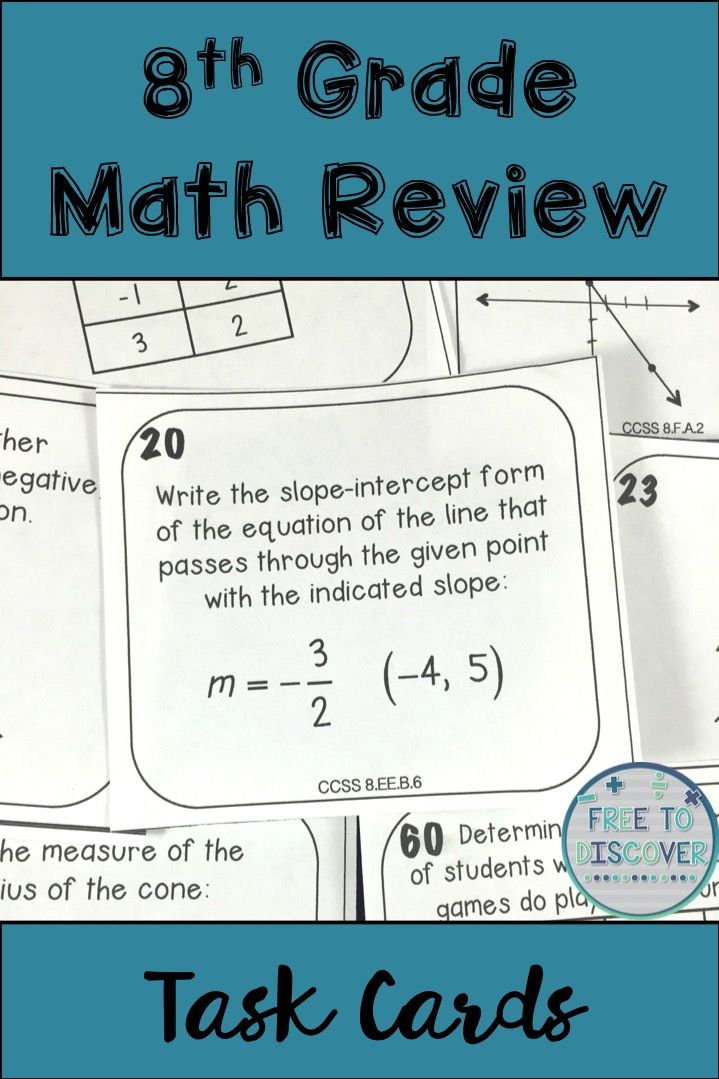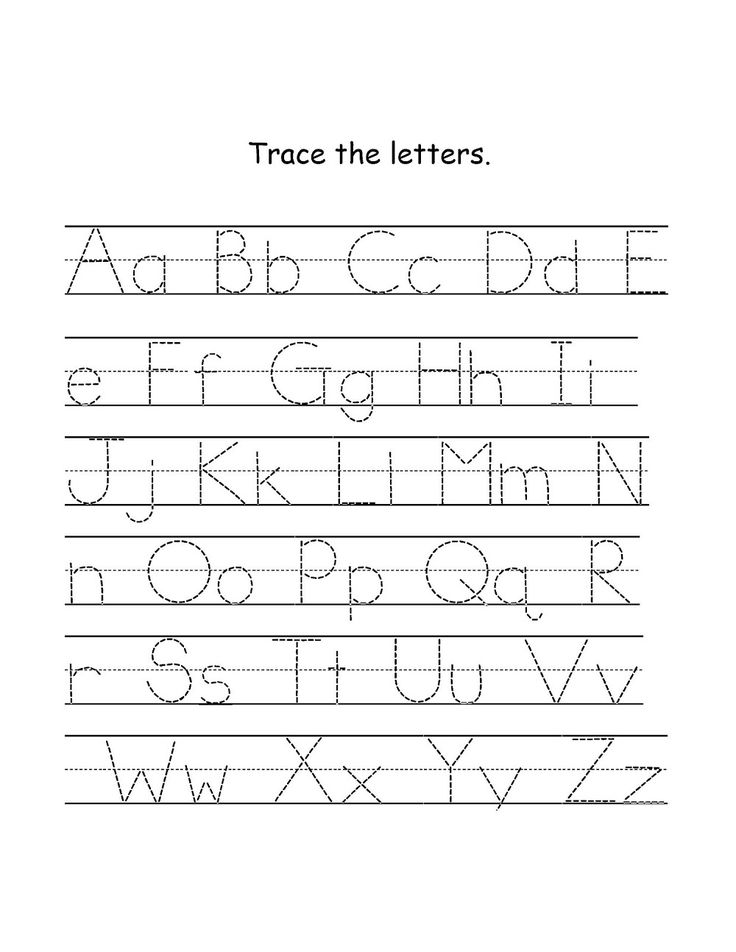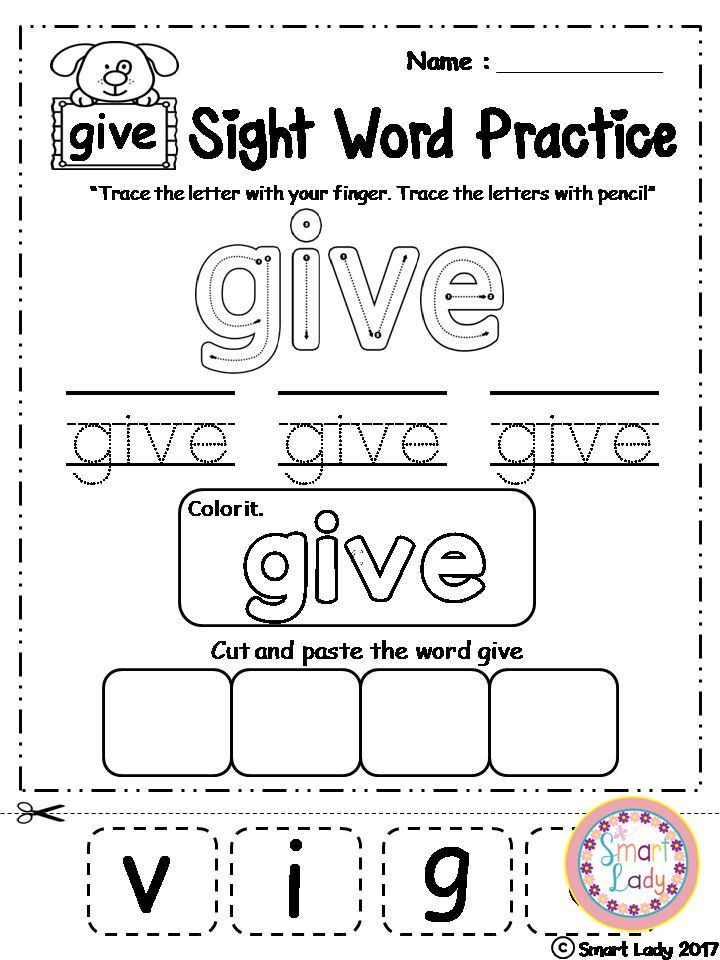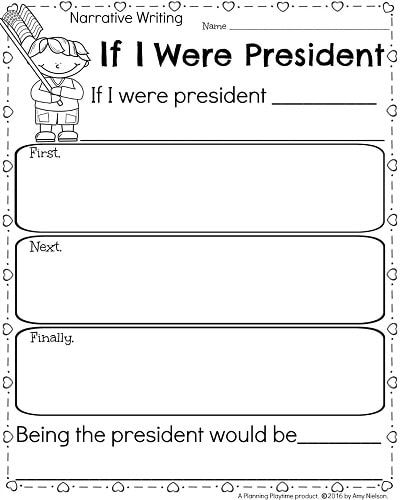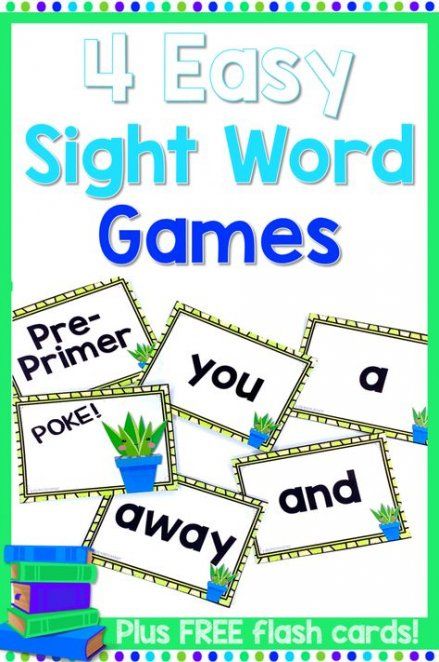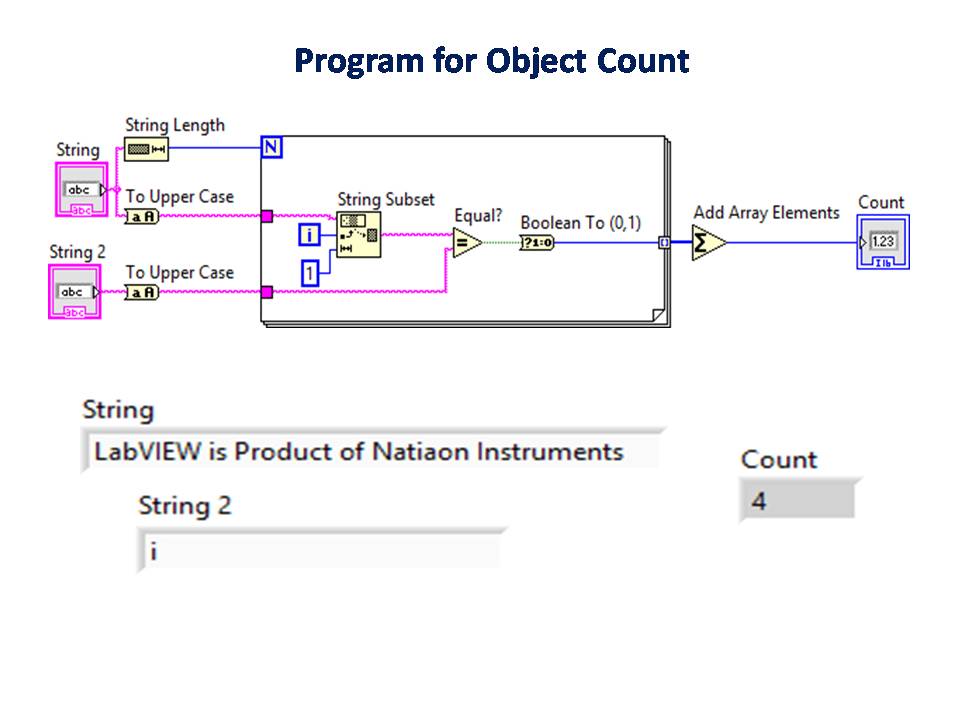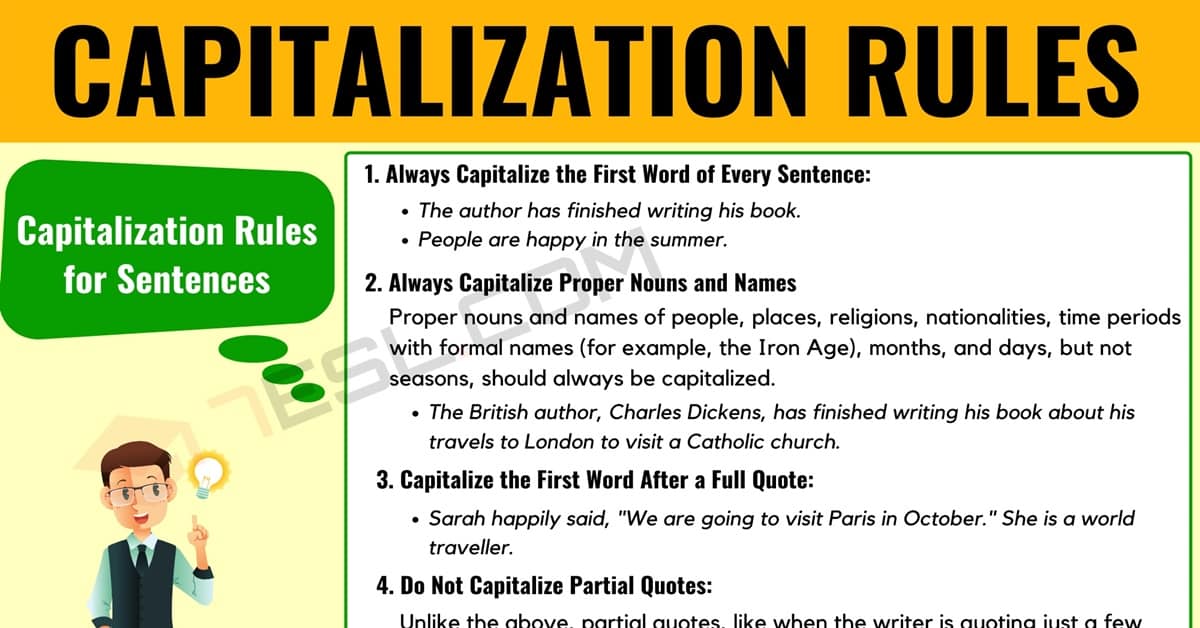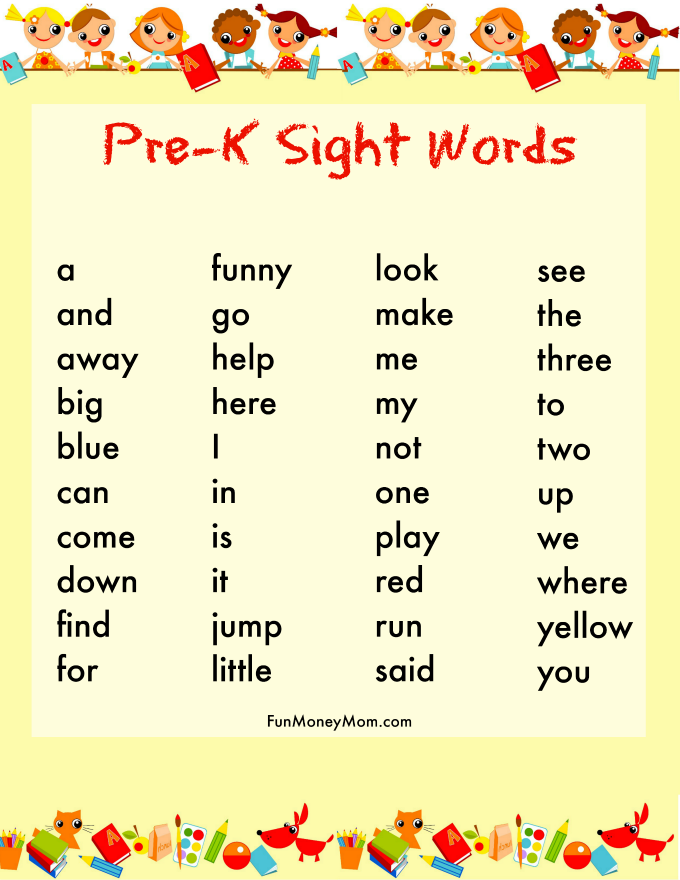Math topics by grade
Math for different grades | iPracticeMath
Home
- Grades
iPracticeMath has an infinite number of lesson plans and worksheets that are categorized according to different grades and topics. From 1st Grade to Grade 9, there is everything you need to know and learn about Math. Its carefully crafted questions and learning materials are meant to help your students perform better and provide a platform for future mathematics learning.
Go to grade 9
Go to grade 10
Go to grade 11
Go to grade 12
Go to grades 1-5
Go to grade 6
Go to grade 7
Go to grade 8
iPracticeMath provides students with a chance to test their math skills. These math problems are designed for 1st graders while keeping in
mind the difficulty level and learning potential.
- Includes a variety of topics like adding double and triple digits.
- Similar tasks are also available for subtraction.
- Students learn how to identify ascending and descending orders.
Addition
Subtraction
Comparing
Time
2nd grade math consists of topics that can help develop the understanding of mathematical terms and functions
that were previously not known to students.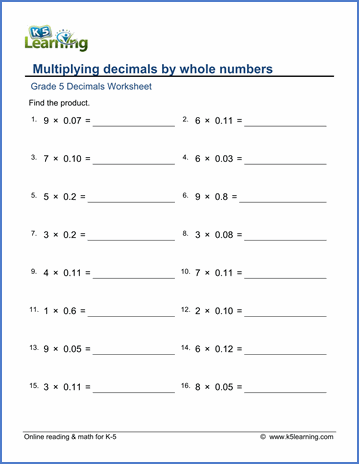
- Easy and straight forward multiplication problems to help build students’ skills.
- Addition and subtraction of single and double digits.
- Addition and subtraction of time is included as well.
Addition
Subtraction
Multiplication
Comparing
Time
Number-Sense
3rd grade math provides students with tasks to polish their concepts and basic math skills in an easy yet challenging way.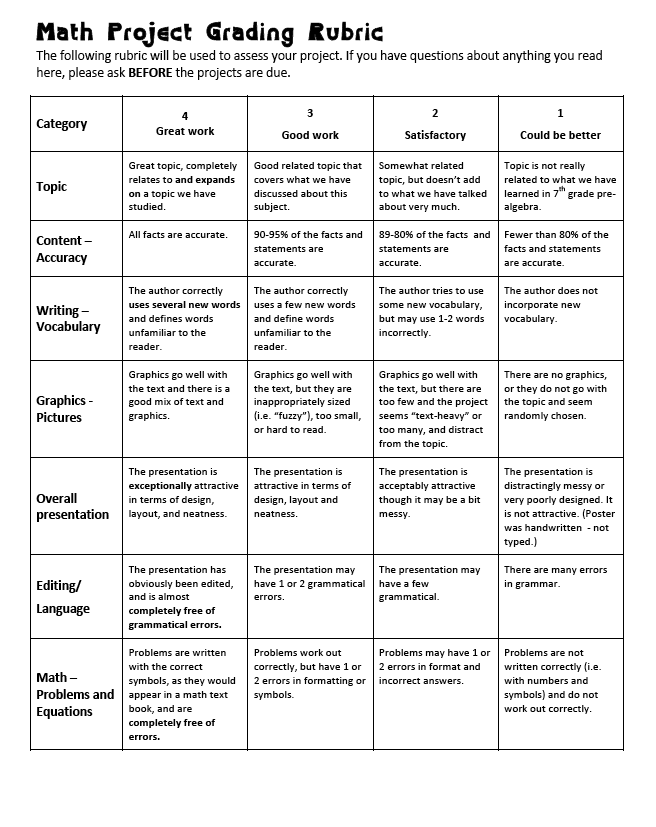
- Lessons on comparison of numbers and basic division problems.
- Includes number sense topics like even, odd, prime and composite numbers.
- Conversion of time and basic algebra is also provided.
-
Addition
-
Subtraction
-
Multiplication
Division
Comparing
Time
-
Fraction
Algebra
-
Number-Sense
Help teach your students the basics of mathematics in a fun and engaging manner.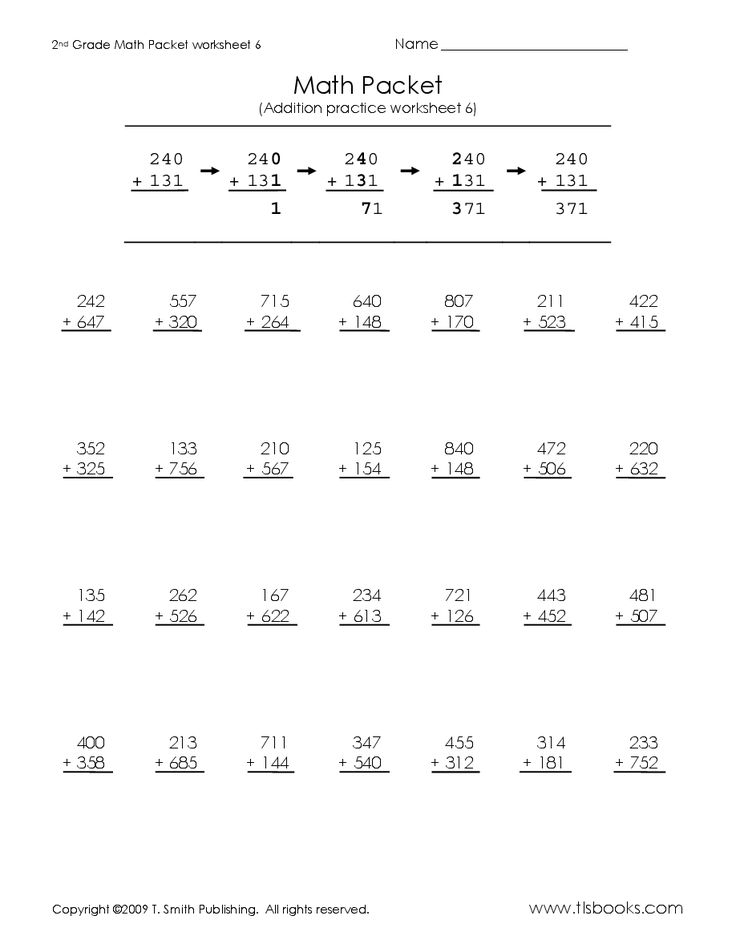 Make learning 4th grade math a great experience for them!.
Make learning 4th grade math a great experience for them!.
- Easy worksheets on how to convert words into numbers.
- Lesson plans on both simple and complex addition and subtraction.
- Additionally, introduction to basic statistics is also included.
-
Addition
-
Subtraction
-
Multiplication
Division
Time
Algebra
Statistics
Measurement
-
Fraction
-
Decimal
-
Number-Sense
5th grade math is designed to keep students updated about the topics that need to be learn and understood in school.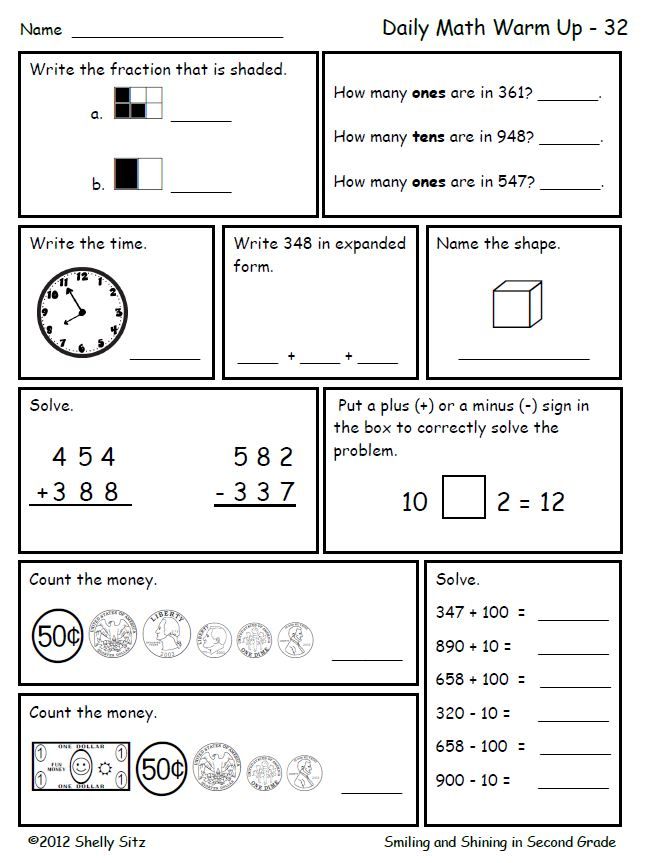
- Skillful use of topics including decimal, algebra and fraction.
- Useful and challenging exercises on number sense.
- Various statistics problems are destined to keep up with the standard learning.
-
Multiplication
Division
Time
Algebra
Statistics
Measurement
-
Decimal
-
Fraction
Number-Sense
6th grade math constitutes greatly of easy as well as complex questions to see how well students have learnt the concepts.
- Students are encouraged to revise basic division concepts and also learn new ones.
- Unlimited lessons on basic and medium level multiplication of fraction.
- Addition and subtraction of integers under “Number Sense” is also provided.
Algebra
Statistics
Measurement
-
Decimal
-
Fraction
-
Number-Sense
7th grade math gives students an opportunity to polish basic and advanced concepts well in time
to avoid problems while performing mathematical functions.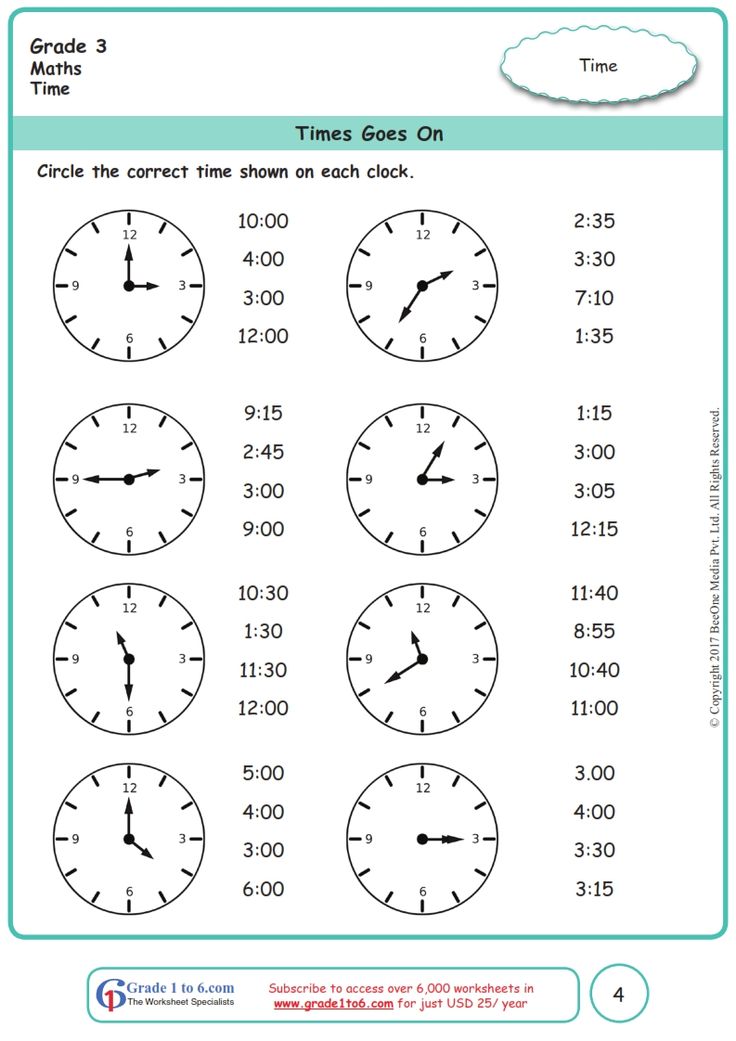
- Subtopics include square and cube of numbers, addition and subtraction of decimals, etc.
- Students learn and gain confidence in unit conversion.
- In-depth coverage of statistics topics like mean, median and mode .
Algebra
Statistics
Measurement
Decimal
Fraction
Number-Sense
8th grade math is mostly focused on acquiring knowledge related to algebra, statistics, measurements, decimals, fractions and number sense.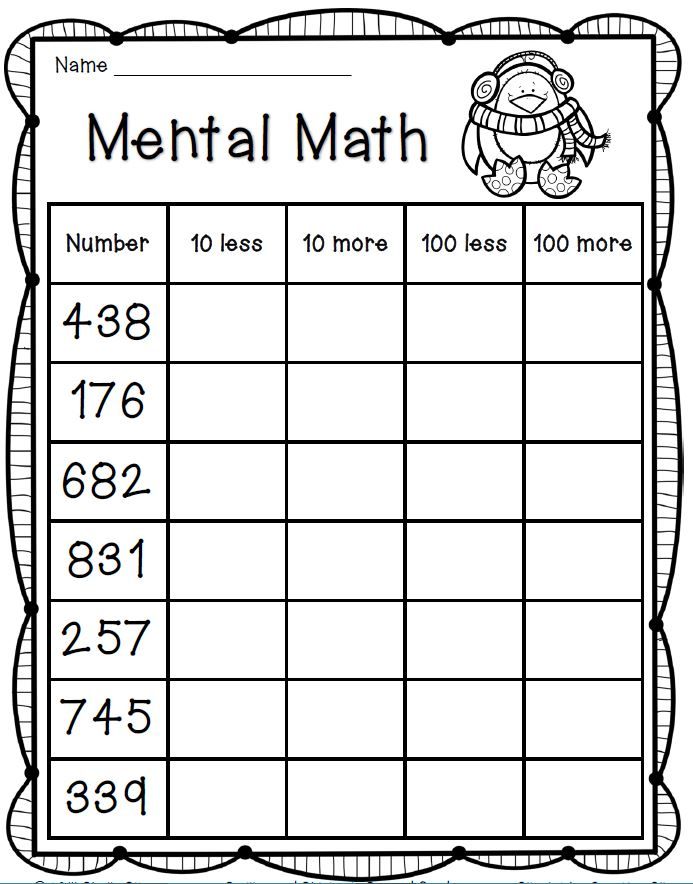
- Get complete understanding of algebra.
- Have fun practicing statistics questions involving range, mean, median and mode.
- Learn inter-conversion between temperature units, length units and volume units under “Measurements”.
Algebra
Statistics
Measurement
-
Decimal
-
Fraction
-
Number-Sense
iPracticeMath brings easy and indulging exercises to help learn the basics of statistics, measurement, algebra and number sense.
- Master algebra questions dealing with addition,subtraction, multiplication and division.
- Measurement constitutes inter-conversion of length units, price in meter to centimeter and vice-versa.
- Improve number sense through questions related to factorial expressions, division of integers and negative numbers.
Algebra
Statistics
Measurement
Number-Sense
Go to grade 9
Go to grade 10
Go to grade 11
Go to grade 12
Go to grades 1-5
Go to grade 6
Go to grade 7
Go to grade 8
Math Skills by Grade Level
Unless you are a teacher, or you hyper-analyze every math assignment your child gets, it can be hard to know exactly what they should be mastering at each grade level. Is it appropriate to ask your Kindergartener to count the change you got from the supermarket? Can you depend on your 5th grader to accurately convert measurements for a recipe? You probably know the answer because you know your kids! But what should they know and be able to do?
Is it appropriate to ask your Kindergartener to count the change you got from the supermarket? Can you depend on your 5th grader to accurately convert measurements for a recipe? You probably know the answer because you know your kids! But what should they know and be able to do?
The exact skills expected at each grade level depend on where you live and the kind of school your children attend. But whether their school follows Common Core, Next Gen, or some other framework for learning standards, there are some basic milestones that your child should be meeting based on her developmental age. Here’s what you should expect your child to be able to do as she progresses through the grades. Keep in mind that the skills listed below each grade are what she should be expected to do by the end of the year!
KindergartenThis is where students learn basic number sense. Counting, one-to-one correspondence (being able to recognize the specific quantity in a set of objects), and addition and subtraction within 10 are the major skills your kindergartener will be working on.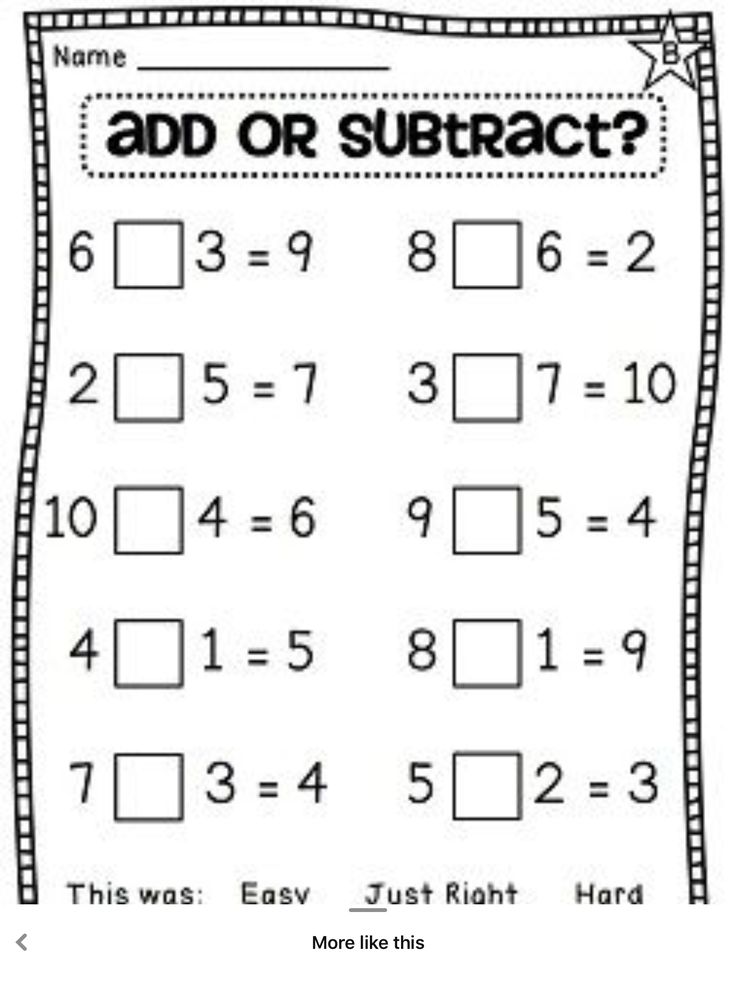 Students will also begin to describe shapes using informal vocabulary like “curve,” “flat,” “corner,” “edge,” etc.
Students will also begin to describe shapes using informal vocabulary like “curve,” “flat,” “corner,” “edge,” etc.
Students now learn various addition and subtraction strategies and can solve addition and subtraction problems within 20. They should be able to count to or above 100 and begin comparing measurements of objects. They should also be able to tell time on an analog clock to the hour and half hour.
Second GradeBy the end of second grade, students should be able to skip count by fives, tens, and hundreds. This forms the basis for next year’s introduction to multiplication. They should be fluent with adding and subtracting within 100 and should be able to apply strategies they’ve learned to problem solve within 1,000. Their measurements become more accurate and they begin to estimate.
Third GradeIn third grade, students begin learning about multiplication, division, and fractions. They explore and should eventually understand the relationship between multiplication and division, and they begin to relate their knowledge of both to fraction concepts. They are also introduced to area and perimeter of rectangles.
They explore and should eventually understand the relationship between multiplication and division, and they begin to relate their knowledge of both to fraction concepts. They are also introduced to area and perimeter of rectangles.
Students in Grade 4 become fluent with all four operations and should be able to use a variety of strategies in problem solving with multi-digit numbers. They start exploring division with remainders. They should be able to create and analyze mathematical patterns and will learn the terms ‘factor’ and ‘multiple.’ They are also introduced to decimals as they relate to fractions and begin converting measurements.
Fifth GradeStudents begin writing their own mathematical expressions to represent situations, both real and imagined. They can solve multi-digit problems in all four operations involving decimals and fractions. They are introduced to volume of objects, the coordinate plane, and properties of angles.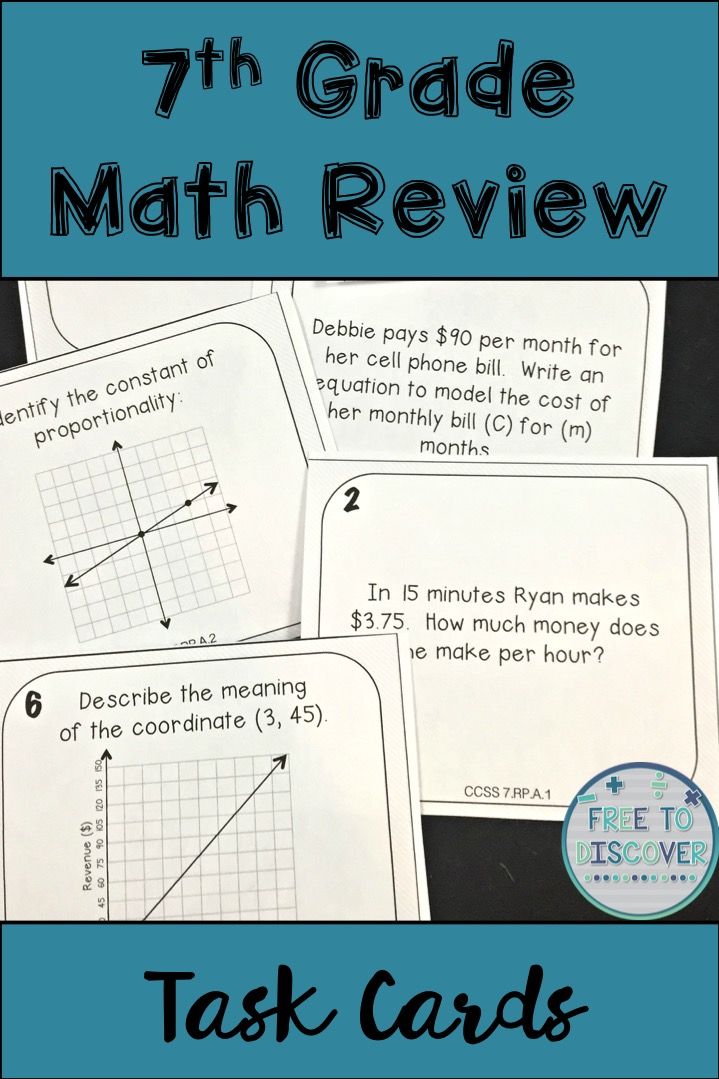
In addition to full mastery of skills in all previous grades, students are introduced to the following new concepts: ratios and proportions, statistics, rational and irrational numbers, inequalities, dependent and independent variables, and pre-algebra concepts.
Seventh GradeStudents in seventh grade apply the four operations to rational numbers. They can analyze proportional relationships in the real world and can solve problems involving angles, area, surface area and volume. They should also be able to interpret different types of data sets in order to make inferences.
Eighth GradeBy the end of eighth grade, students should be able to work with linear equations and functions, and they should know how to solve problems with radicals and exponents. This year, students learn the Pythagorean Theorem and should be able to apply it. They should also be able to find the volume and surface area of spheres, cones, and cylinders.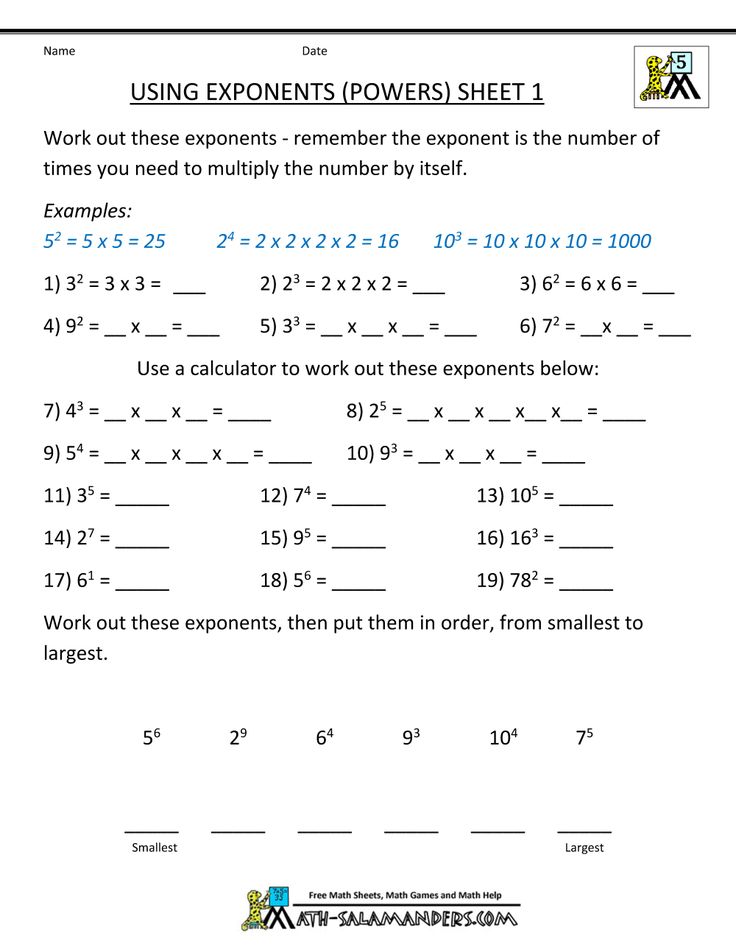
Math skills in high school are no longer separated by grade level, but by topic. By the end of high school, students should be able to demonstrate the following skills:
Numbers/Quantities
Fluency with exponents and rational/irrational numbers
Understanding of imaginary numbers
Understand and use vectors and matrices
Algebra
Solve polynomials
Rewrite rational functions
Solve systems of equations
Solve and graph equations and inequalities
Functions
Understand functions and use function notation
Build and re-construct functions
Build and compare linear and exponential models
Understand basic trigonometry
Geometry
Understand transformations and congruence
Prove theorems, including with the use of coordinates
Explain formulas and use them to solve problems
Statistics and Probability
Summarize, represent, and interpret data and linear models
Calculate probability in a variety of situations
Evaluate experiments, surveys, and studies
Understand independence and conditional probability
Conclusion
This year has made it very challenging to keep up with demanding curricula.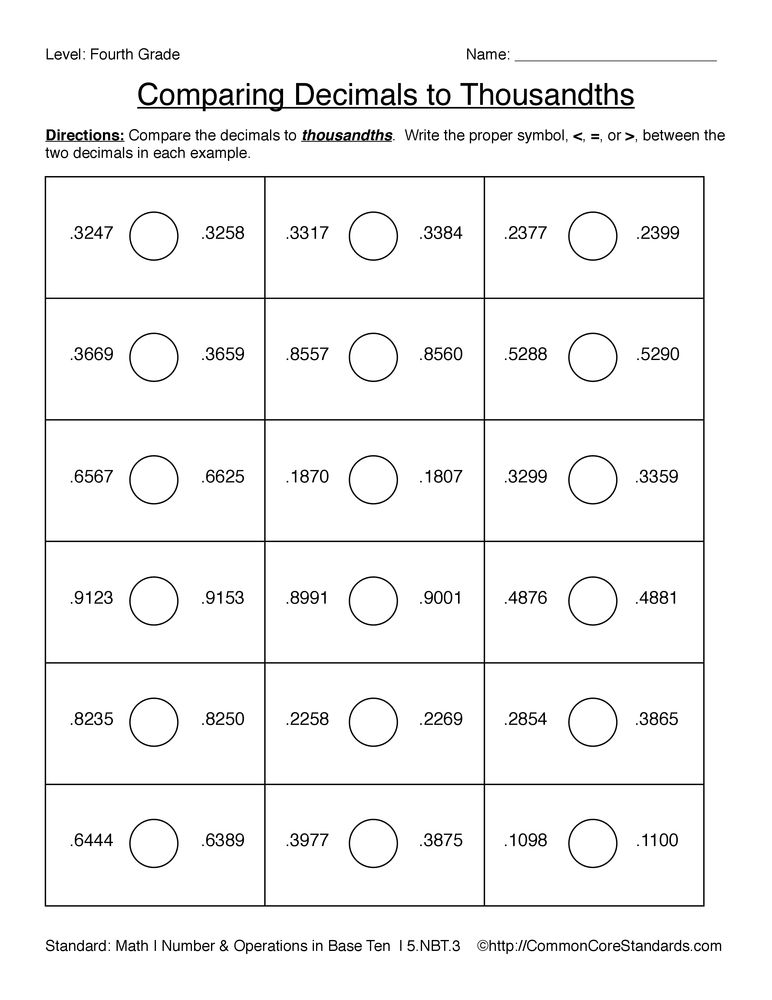 It’s possible that your students have not yet been introduced to a topic listed above. That’s okay! Trust their current and future teachers to be able to help address the gaps along the way, but you can also reach out to one of our amazing educators for additional tutoring support. Confidence in math can be a delicate thing, and our certified educators and math tutors are pros when it comes to boosting it!
It’s possible that your students have not yet been introduced to a topic listed above. That’s okay! Trust their current and future teachers to be able to help address the gaps along the way, but you can also reach out to one of our amazing educators for additional tutoring support. Confidence in math can be a delicate thing, and our certified educators and math tutors are pros when it comes to boosting it!
all classes, all formulas, all topics
Dear schoolchildren, students! On the site you will find topics on mathematics for grades 5-11 and lectures on higher mathematics. We not only study theoretical material, but also solve problems - we analyze them in detail. We also pay attention to the analysis of interesting USE problems in mathematics. Here you will find all the formulas in mathematics for grades 5-11, learn to reason and solve equations, inequalities, systems of equations and inequalities, analyze functions, take derivatives and integrals. We paid special attention to an important section of mathematics - "Geometry".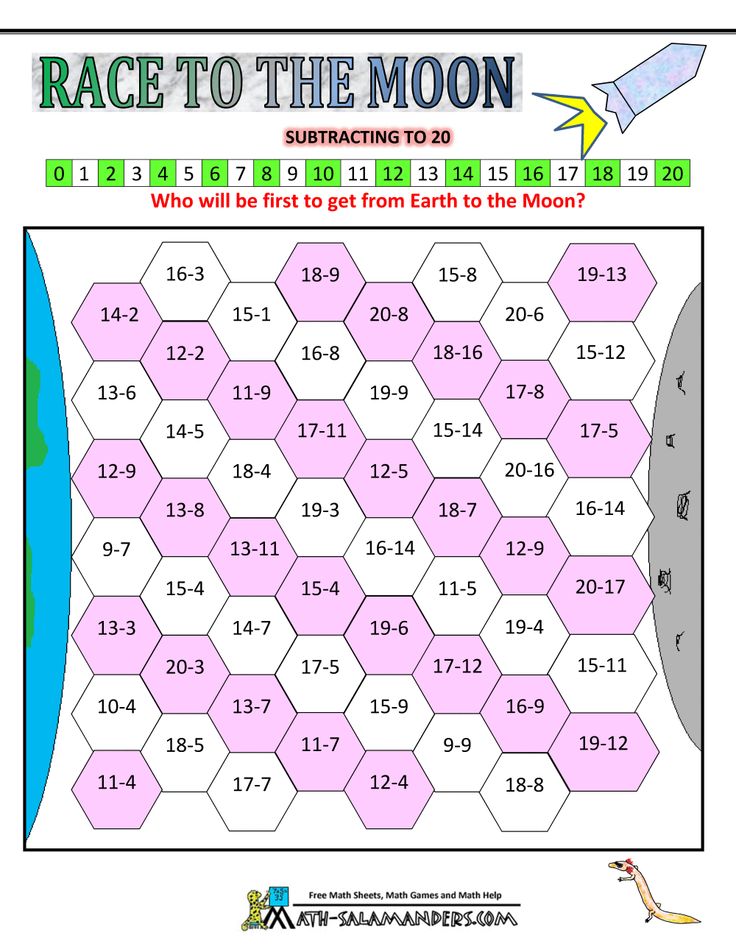 Solving spatial problems, reasoning, diagrams and much more awaits you in this section.
Solving spatial problems, reasoning, diagrams and much more awaits you in this section.
Trigonometry is another important section in mathematics, it links together both geometry and algebra, helps to comprehend space. Trigonometric equations and inequalities are analyzed in detail in this section. All necessary formulas are given.
Grade 7. Algebra.
Linear function y=kx+b and its graph
0188
If the function is given by the formula , where and are some numbers, it is called a linear function.
5th grade. Maths.
How to multiply by a column in grade 3 and grade 4
0258
In this article, we will consider how to multiply different numbers in a column - two-digit, three-digit
USE in mathematics profile level
Find the smallest value of the function y=4/3x√x-3x+9 on the segment [0.25; 30]
417.7k.
Find the smallest value of the function on the interval [0.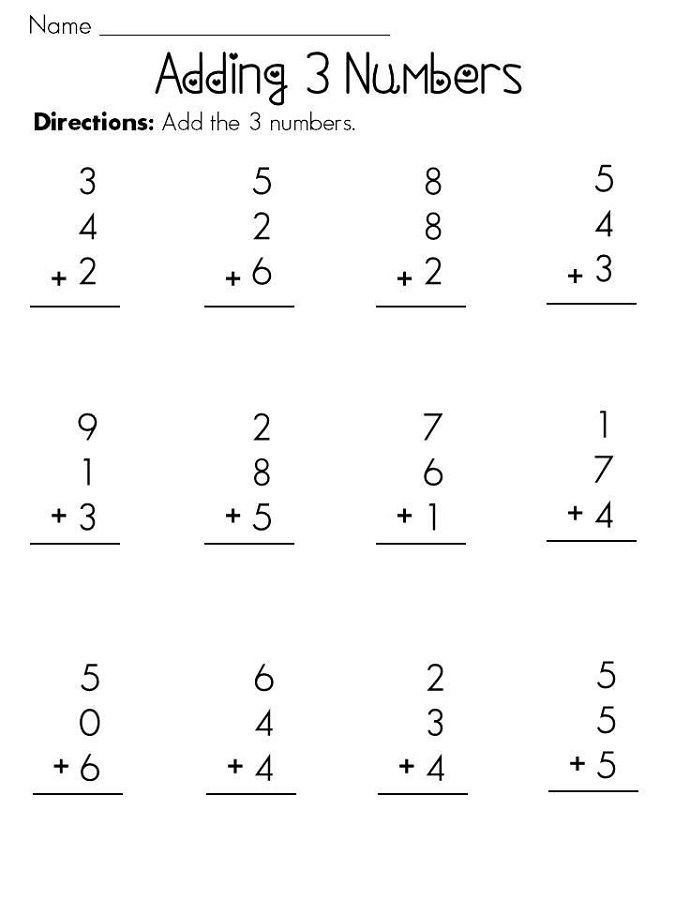 25; thirty]. Solution: In order to find the smallest
25; thirty]. Solution: In order to find the smallest
USE in mathematics profile level
Two factories produce the same glass for car headlights
13.8k.
Two factories produce the same glass for car headlights. The first factory produces 30% of these glasses
5 class. Maths.
How to multiply by a column in grade 3 and in grade 4
0258
In this article we will consider how to multiply by a column various
grade 5. Maths.
Numeric expressions and letter expressions - rules
016.6k.
When solving examples and equations, it is necessary to clearly distinguish between
5th grade. Maths.
5.6.3. Solving problems with percentages. Part B
04.3k.
Problem 1. The first number is 80% of the second.
5th grade. Maths.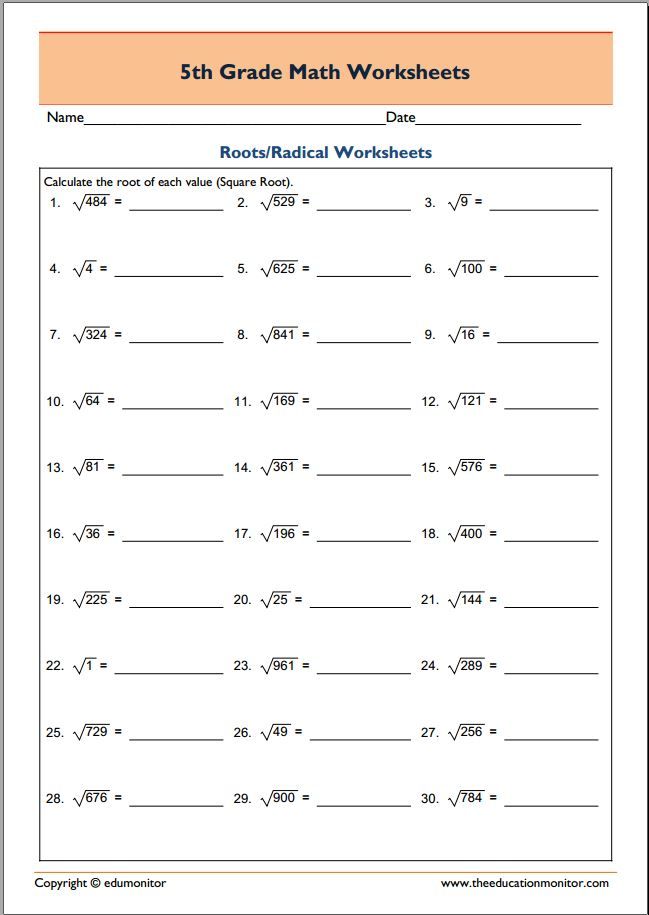
5.6.2. Solving problems with percentages. Part A
016.4k.
Problem 1. Water makes up 76% of potatoes. How many kilograms
Grade 5. Maths.
5.5.7. Rounding numbers
011.4k.
To round a number to any digit - underline
5th grade. Maths.
5.5.6. Decimal division
013.2k.
I. To divide a number by a decimal, you need
6th grade. Maths.
Numerical inequality, properties of numerical inequalities and examples of solutions
06.4k.
Consider what is the numerical inequality
Grade 6. Maths.
6.5.1. Linear equation with one variable
08.3k.
Very many schoolchildren have
6th grade. Maths.
6.4.2. Bracket opening. Reduction of similar terms
023.5k.
1. Opening brackets, before which
6th grade.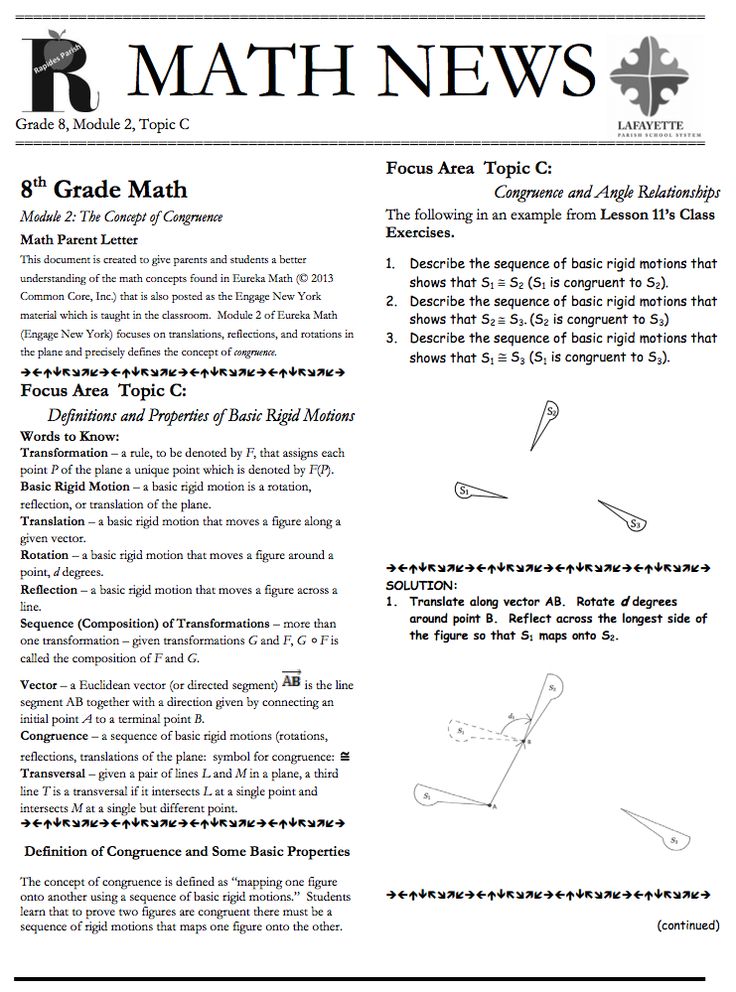 Maths.
Maths.
6.9.3. Solving systems of linear equations by the addition method.
023.2k.
To solve a system of linear equations
Grade 6. Maths.
6.9.2. Solving systems of linear equations by the substitution method
011.3k.
For solving a system of linear equations
6th grade. Maths.
6.4.1. Algebraic expression
18.4k.
I. Expressions in which along with
7th class. Algebra.
Linear function y=kx+b and its graph
0188
If the function is given by the formula , where and
7 class. Algebra.
Identity - what is it in mathematics
08.8k.
Very often in mathematics there are such words «
Grade 7. Algebra.
7.2.3. Actions with monomials and polynomials
15k.
I.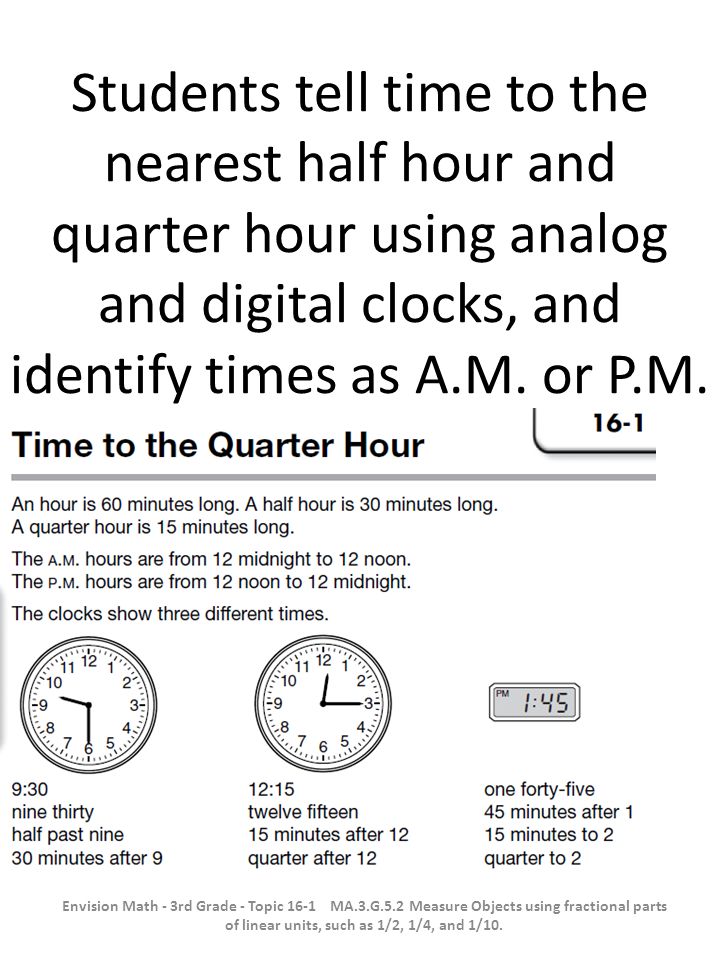 To multiply a monomial by a polynomial, you need to multiply
To multiply a monomial by a polynomial, you need to multiply
7th grade. Algebra.
7.2.2. Polynomial
03k.
I. The sum of monomials is called a polynomial.
Grade 7. Algebra.
7.2.1. Monomial.
02.4k.
I. Expressions that are made up of numbers, variables
Grade 7. Algebra.
7.1.2. Standard form of the number
210.2k.
Very large and very small numbers are usually written
Grade 8. Algebra.
8.2.1. Solving incomplete quadratic equations
07.4k.
I. ax2=0 - incomplete quadratic equation (b=0, c=0).
Grade 8. Algebra.
8.2.5. Decomposition of a square trinomial into linear factors
029.8k.
The square trinomial ax2+bx+c can be decomposed into linear ones
Grade 8. Algebra.
Algebra.
8.2.4. Application of Vieta's Theorem
08k.
Often you need to find the sum of squares (x12+x22) or
Grade 8 Geometry.
8.2.3.1. Rectangle. Problem solving 2
01.7k.
Task 1. Diagonal of a rectangle
Grade 8 Geometry.
8.2.3. Rectangle. Problem solving
08.2k.
Task 1. One side of a rectangle
Grade 8 Geometry.
8.2.5. Basic trigonometric identities. Part 2
01.8k.
Basic trigonometric identities.
Grade 8 Geometry.
8.2.4. Basic trigonometric identities. Part 1
08.3k.
Basic trigonometric identities.
Grade 9 Algebra.
9.3.3. Definition of an arithmetic progression. Examples
01.7k.
A numerical sequence, each member of which, starting from the second, is equal to the previous one, added with
9th grade. Algebra.
Algebra.
9.3.1. The numerical sequence is
017.5k.
The function an=f (n) of natural argument n (n=1; 2; 3; 4;...) is called a numeric sequence. Numbers a1;
Grade 9 Algebra.
9.3.2. Arithmetic progression. Theory
05.3k.
A numerical sequence, each member of which, starting from the second, is equal to the previous one, added with
10th class. Algebra.
Reduction formulas
114k.
Reduction formulas refer to the trigonometric function
Grade 10. Algebra.
10.3.0. Calculation of derivatives
012.1k.
In this lesson we will learn how to apply formulas
Grade 10. Algebra.
10.2.6. Solution of trigonometric inequalities. Part 6
02.2k.
In the previous lessons we solved trigonometric
Grade 11.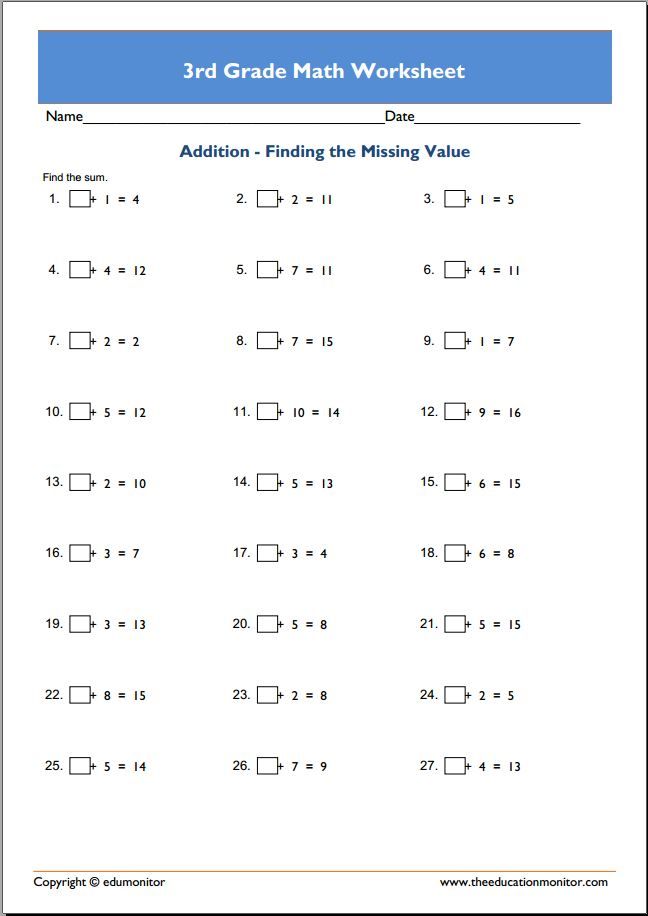 Algebra.
Algebra.
11.1.9.3. Areas of curvilinear trapezoids enclosed between two curves
02k.
Problems of finding the area are often solved in algebra
Grade 11. Algebra.
11.1.9.2. The area of a curvilinear trapezoid adjacent to the Oy axis
02.3k.
If a curved trapezoid adjacent to the OU axis (Fig.
grade 11. Algebra.
11.1.9.2. The area of a curved trapezoid. Examples
030.6K.
Square of a curved trapezoid, limited from above
grade 11.
11.1.9.1. Definite integral. Area of a curvilinear trapezoid
02.2k.
It's time to get acquainted with the most powerful research tool
Geometry
Rectangle area
211.1k.
The area of a rectangle is very often required to find
Geometry
How to calculate the area of a circle - all formulas
114k.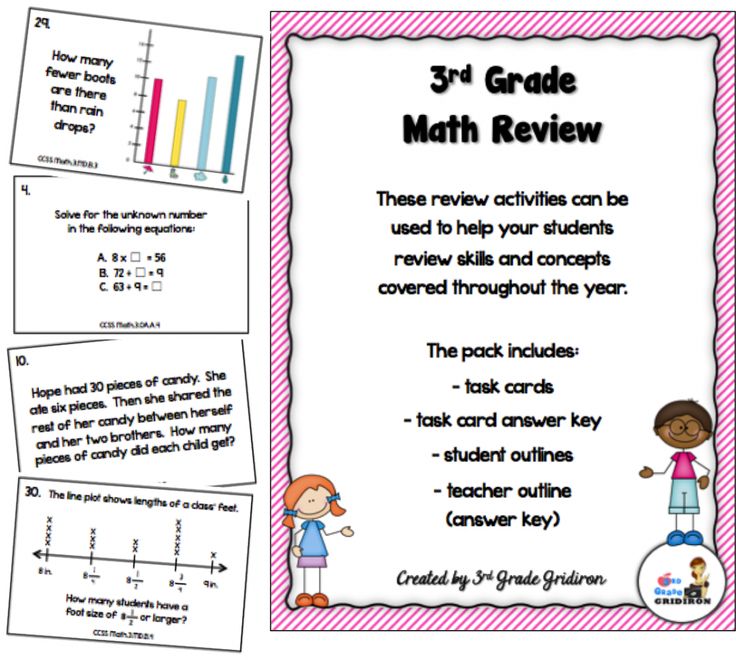
The area of a circle is often required to be calculated in various
6th grade. Tests.
Test 6.6.1. Inequalities and their properties
02.5k.
Mathematics. 6th grade. Test 6.
Grade 6. Tests.
Test 6.5.1. Rounding decimals. Infinite periodic fraction
63.5k.
Mathematics. 6th grade. Test 5. Option 1.
Grade 6. Tests.
Test 6.4.1. All actions with rational numbers
02k.
Mathematics. 6th grade. Test 4.
Grade 6. Tests.
Test 6.3.1. Addition, multiplication of rational numbers
01.7k.
Mathematics. 6th grade. Test 3
Olesya Akhmedzhanova
Show children that learning is fun. Here is a large list of sites that will help you do this. There are video lectures, just lectures, interactive tutorials, tests, and podcasts. Save so you don't lose.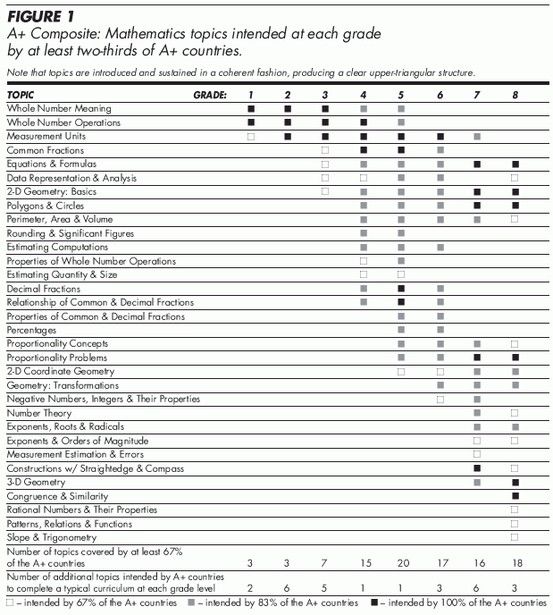
All subjects
Foxford
Courses in school subjects for all educational purposes.
Interactive textbook Foxford
Interactive textbook containing information on mathematics, physics, chemistry, computer science, biology, history, Russian language and social science.
MetaSchool
Online clubs and Olympiads in foreign languages, chess, mathematics and science subjects. Access is paid.
Children and science
Open electronic courses in mathematics, physics, chemistry, biology, engineering, architecture, art history, linguistics.
Arzamas
Lessons will not be boring with Arzamas. History, MHK, social studies, humanitarian disciplines and sea-sea of all interesting things.
Mathematics
math34.biz
Service for solving math problems for students in grades 5-11. More than 70 most popular calculators.
Online formula reference
Logarithms, quadratic equations, progressions - all important mathematical formulas in one resource.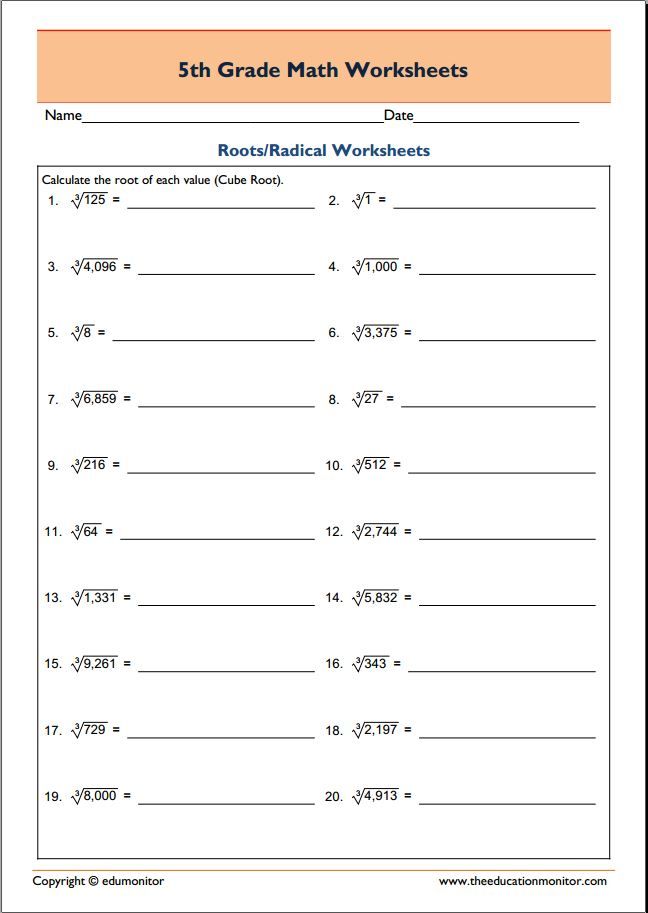
School mathematics
Mathematics program for grades 1 to 11, preparation for exams in the subject and ready-made homework.
Video lessons from Valery Volkov
Tutor Valery Volkov analyzes tasks in mathematics in detail, explaining all the subtleties of solutions.
GetAClass
“We are sure that mathematics can and should be told simply,” the organizers of this YouTube channel write. “And we will try to do it.”
Getaclass.ru
Visual videos on physics and mathematics with verification tasks and abstracts. A large number of control tasks (including the Unified State Examination / OGE).
Physics
Online courses in physics
Video archive of lectures in physics in Russian from the Lectorium educational project.
PostScience
The PostScience project on YouTube, where scientists and university professors talk about the achievements of fundamental science and important modern technologies.
Science pack
Animated cartoons about various phenomena: space, music, global warming and robots.
Qwerty
Live broadcasts with leading scientific experts, news releases, programs in medicine, physics, mathematics, astronomy, biology, social psychology.
Attic
The TASS project is about science, lectures, exhibitions, books and cinema. The authors show experiments and answer near-scientific questions about the surrounding reality.
Chemistry
Andrey Stepenin's YouTube channel
A graduate of the Faculty of Chemistry of Moscow State University and a tutor with 12 years of experience analyzes USE demos and lectures on the school curriculum.
THOISOI
Chemistry channel. Spectacular experiments that are accompanied by formulas and explanations.
Simple Science
Channel with physical and chemical experiments. Hosted by Denis Mokhov, a well-known popularizer of science among children.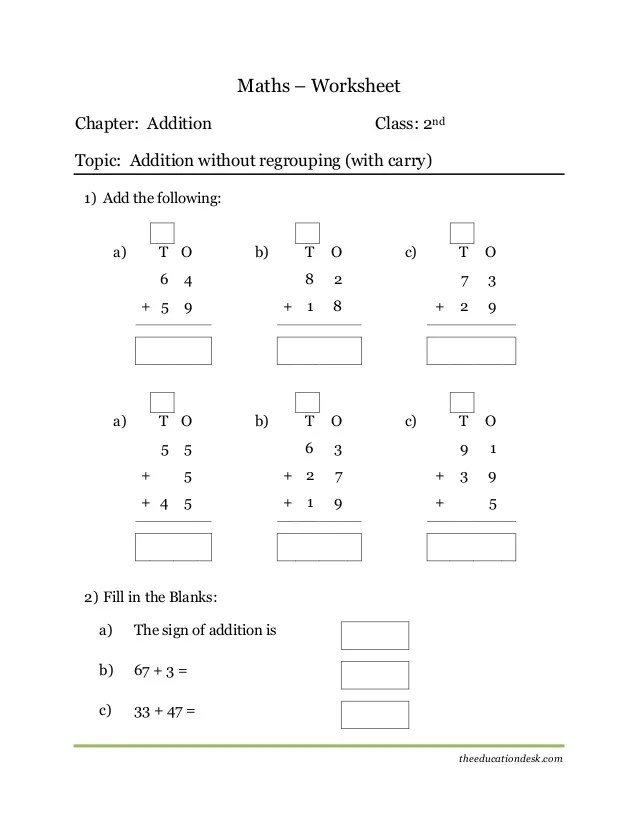
Foreign language
Native-english.ru
Service for learning English: grammar, tests, vocabulary, phonetics, topics, songs.
Jobs School
English and dialogues from cult films with line-by-line translation into Russian and grammar analysis.
Pro English
YouTube channel where the author explains grammar, vocabulary of learning English, and at the same time comments on videos with dialogues from films and TV shows, and much more.
OXANA DOLINKA
Channel for beginners, where the author talks about the basic rules of grammar, vocabulary and techniques that will help you learn English quickly and efficiently.
Study.ru
Quick English lessons for beginners. Selections, topics, phrase book.
Lingualeo.com
Service for learning English. There are free and extended paid access /
Russian language
Gramota.ru
Interactive dictations for training, Russian dictionaries and a help desk where you can ask questions about the correct spelling of words and punctuation.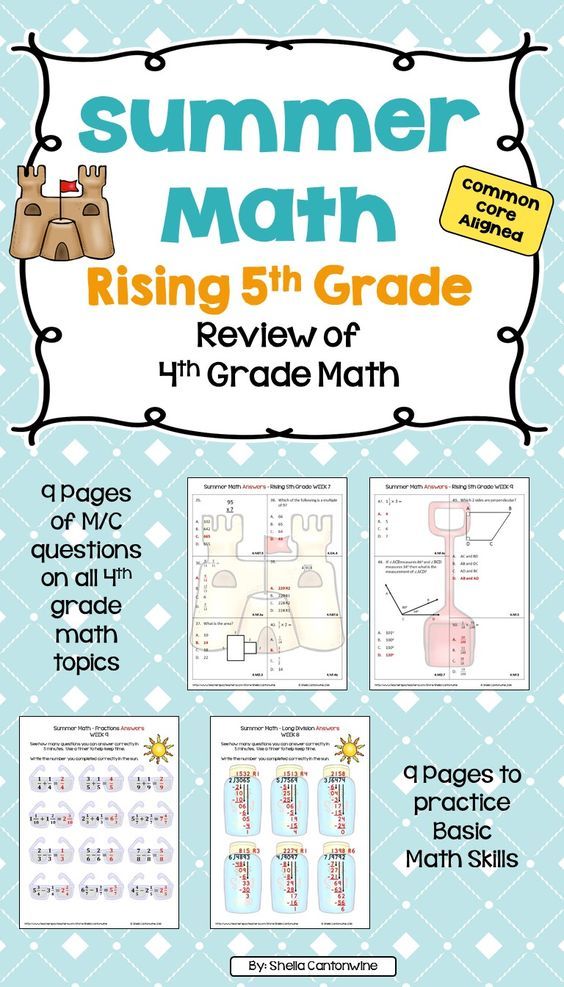
Rules of the Russian language
Spelling and punctuation rules of the Russian language, conveniently divided into groups with examples.
Stress.info
A project on the correct pronunciation of words. The site has exercises in the format of a game where you can train to put stress.
The culture of writing
Methodological materials and rules on the Russian language, demonstration materials for the Unified State Examination of previous years, as well as tests and assignments.
Comma
Service for spell checking and punctuation in difficult cases.
Literature
Shelf
A new project that has already managed to fall in love with. 108 most important Russian books in questions and answers. The site is more suitable for thoughtful reading and analysis.
Litra.ru
The easiest site for studying literature. 6 sections: essays, summaries, full works, characteristics, biographies, and criticism.
5litra
The theory of the school course of literature in tables and diagrams. As well as typical versions of the exam, a dictionary, analysis of works and quotes.
Lesson in A4 format
Cool virtual library for schoolchildren and teachers. Information about the heroes of the works, poems, excerpts and other useful texts in pdf format.
History
1968.Digital
Historical series for mobile phones, centered on world events in 1968. Told by different people: from Gabriel Garcia Marquez to the Beatles.
RedRoom
Internet show about history. The authors talk about events, conduct basic educational programs and remain faithful to ironic neutrality.
History. RF
Federal portal with information about the history of Russia. Here you will find information about historical figures, dates, as well as interesting infographics.
Russia: biography
A site with documents about the historical events of the Russian state written by their participants and contemporaries.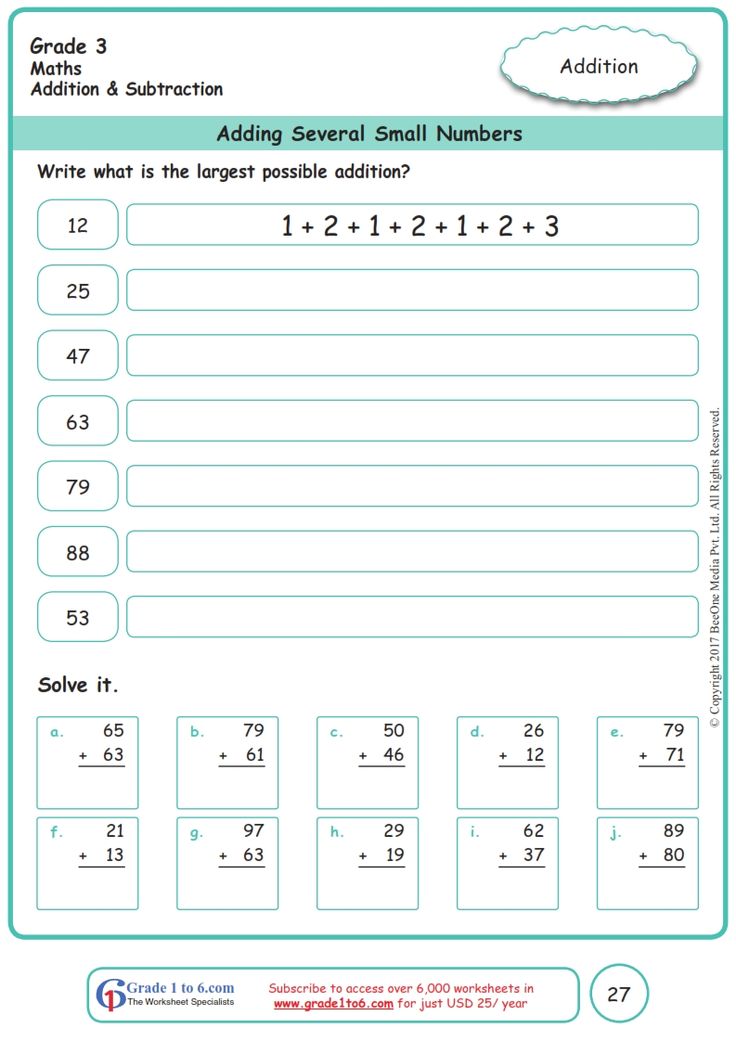
Arzamas courses
Video lectures on the history of Russia - about the revolution, the Decembrists and the siege of Leningrad.
Biology
Human Physiology
How do different organs work? Anton Zakharov talks about the complex processes that make the human body exist.
Lyudmila Denisenko's channel
The author analyzes in detail lectures on various topics and USE tasks in biology.
Biology
Public about the science of life, where there are thematic collections, lectures, photographs, diagrams, videos and textbooks.
Geography
Geographer's Library
Public in which users share useful books on geography. Over 2000 books.
Maps of the world
It is impossible to study geography without maps. This site contains maps of the General Staff, maps of the US Army and water maps.
Informatics
Distance learning in informatics
Materials on programming languages and practice.